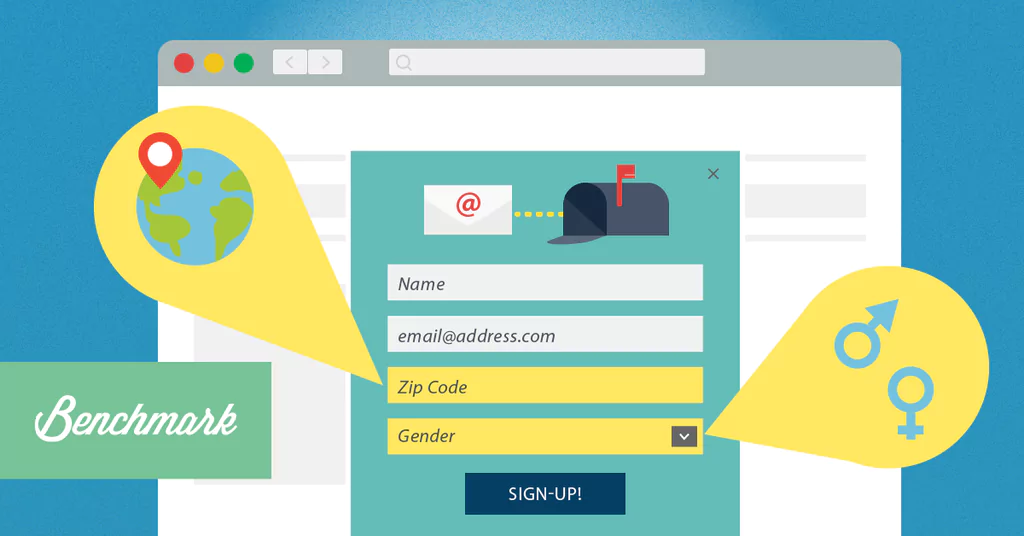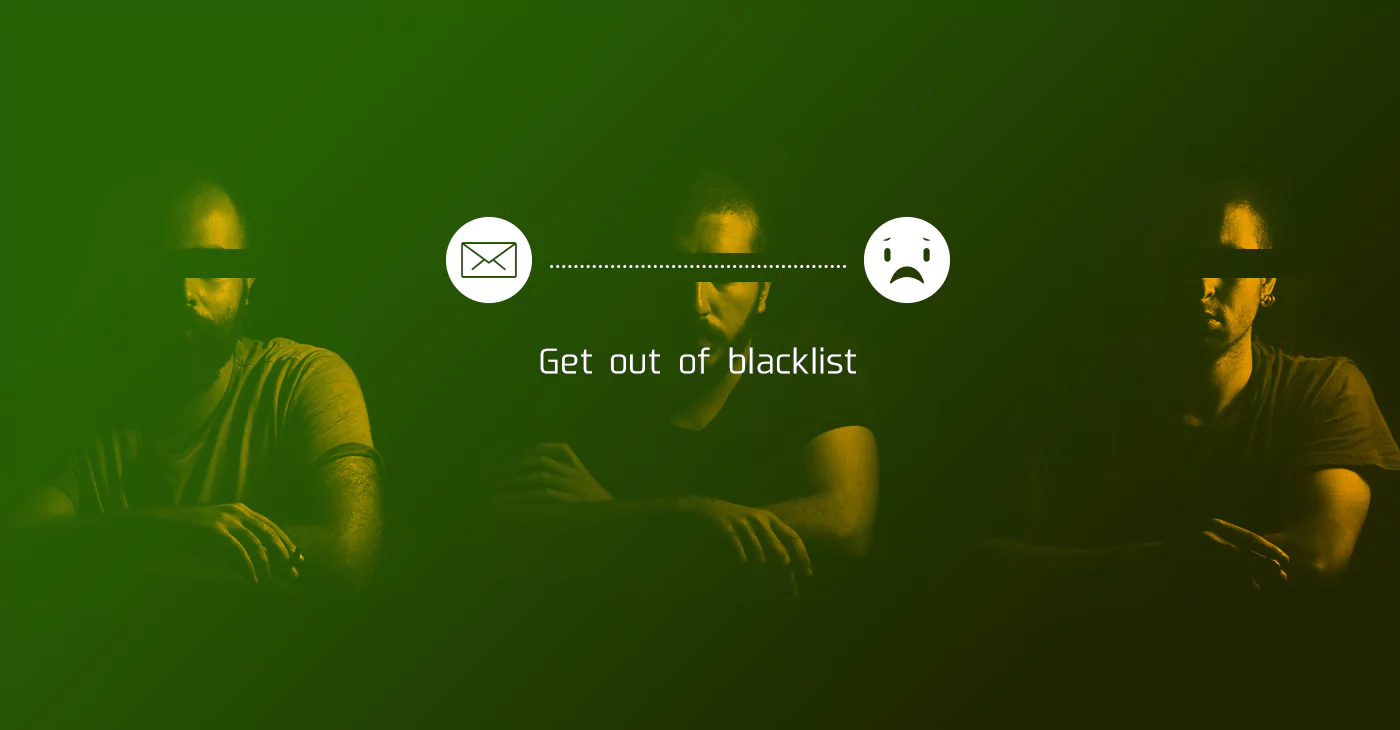Building a community around your brand can seem like a no-brainer. A strong community can strengthen customer loyalty, lower your marketing costs, create an army of brand advocates and provide feedback and ideas to grow your business. However, it is not to be undertaken lightly. Rather than a marketing tactic, it’s a way of doing business. Before leaping in, you need to ask yourself three questions. Are you prepared to focus on their needs, not yours?
Customers are people, and people don’t join communities so that you can wax lyrical about your brand. Rather, a community has to create value for them. A good start-point is to ask customers what would help or inspire them, and then to start providing useful content around it. River Pools and Spas built its business by becoming a leading source of information about swimming pools, the printer Moo.com provides advice for start-ups, while Patagonia features inspiring stories about outdoor life.
Some of this content should be your own, demonstrating what you know about the subject rather than promoting your brand. Much of it can come from curating material from around the web, that your customers will find relevant. But perhaps most powerful of all, is when it’s generated by your customers themselves. With its Art of the Trench campaign, Burberry virtually re-invigorated its brand by encouraging customers to post pictures of themselves wearing its signature trench coat, which could then be commented on and shared.
However, communities are also about building new relationships. So you need to be prepared to provide a platform and opportunities for this to happen. Online, it’s easiest to use the existing social media platforms that your customers use, while offline, create events for your customers to attend. These can be simple: Innocent, a food and beverage brand from the UK, invites customers to its offices. The key is to encourage conversation.
Are you prepared to involve them in your business?
To get the maximum value from a community, it needs to be built around your brand. If you sell ladders, there’s little benefit in building a community around skateboarding. At best, you’ll get some recognition for facilitating it.
So start with building a compelling story around your brand, that customers can easily identify and relate to. If this is grounded in helping people in their lives, it forms a nucleus around which the community can form. For example, by encouraging people to be more creative and more active, Apple and Nike are naturally at the center of their respective communities.
It also helps to use the community as a platform to collaborate with your customers. Ask how else the brand could help them, their opinions of product designs, or how the experience could be improved. The community will feel valued, and you’ll get a stream of ideas to improve your business. Starbucks did this to great effect with MyStarbucksideas, re-invigorating the brand in the process. Just make sure that once you ask for their help, you don’t ignore their feedback.
Are you ready to be there for them, 24/7?
Communities are no respecters of office hours. You can’t just communicate when you want to. You need to be involved as a member of the community, contributing and engaging, and trying to cultivate relationships. And if members of the community are doing great things, recognize them. Patagonia celebrates the achievements of their ambassadors, while Moo.com showcases individual businesses.
Much of this is about stimulating conversation. However, when direct questions are asked, they need to be answered. Leaving questions hanging will simply demonstrate a lack of commitment. While this can seem like an additional burden, in strong communities other members will answer most of the questions, particularly if you’re prepared to encourage it. This can actually reduce service costs, just ask Apple!
Building a strong community around your brand is hard work. Providing content, involving them in your business, and engaging 24/7 is not something a community manager or even a marketing department can do alone. It’s an endeavor that involves the whole company. But if you’re prepared to embrace it, you’ll end up with a stronger brand…and a better business.










